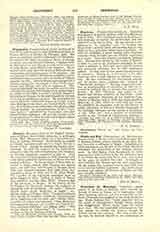

Cheminais de Montaigu, TIMOLEON, pulpit orator, b. at Paris, January 3, 1652; entered the Society of Jesus at fifteen, d. September 15, 1689. After teaching rhetoric and the humanities at Orleans, Cheminais was assigned to the work of preaching. Bayle declares that “many regarded him as the equal of Bourdaloue”, though others declare this exaggerated. Before many years his health gave way. He was appointed court-preacher, but was unable to accept the honor, though De Backer asserts the contrary. His voice partly failing him, he devoted himself to the instruction of the people of the villages and country places. The sermons of Cheminais were edited by Bretonneau (4 vols., 12mo, Paris, 1690-91; 7th ed., Brussels, 1713). They were translated into German (Augsburg, 1739; Pressburg, 1788), Dutch (Rotterdam, 1724), Italian (Venice, 1735). He was also the author of a work called “Sentiments de piete” (Paris, 1691, 1693, 1700; Brussels, 1702). A later edition (Toulouse, 1706) contained the “Sentiments of James II, King of Great Britain”. This work was translated into German (Cologne, 1723; Vienna, 1786), Dutch (Antwerp), and Italian (Milan, 1837).
T. J. CAMPBELL

